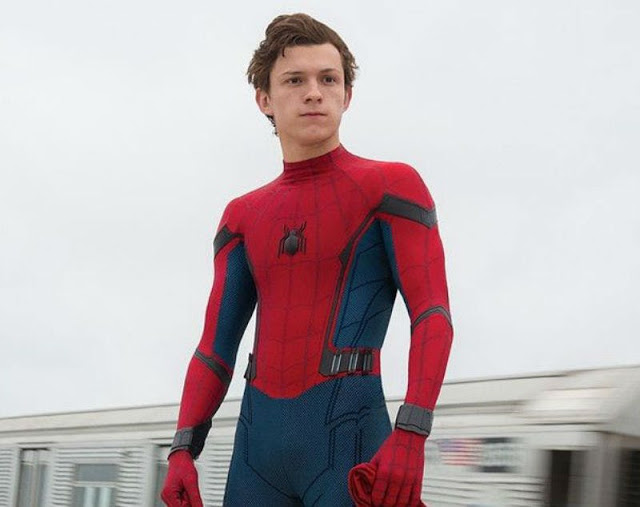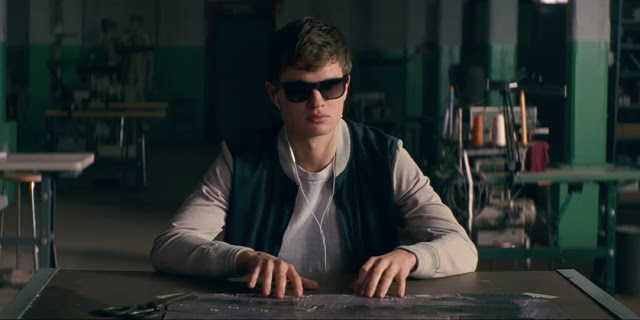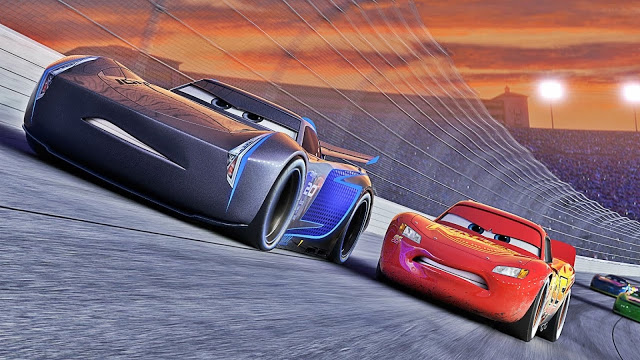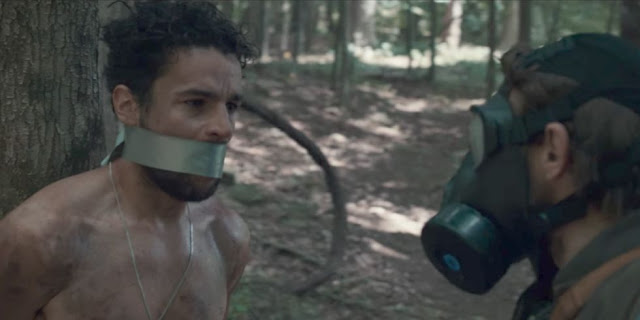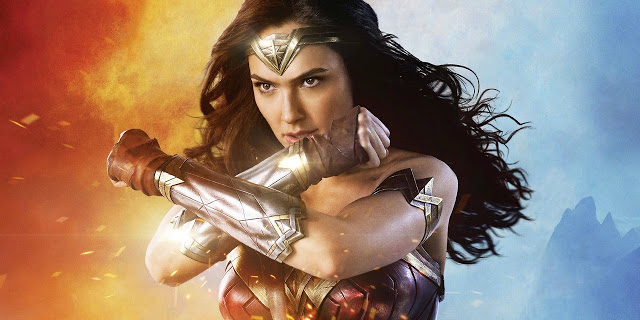Spider-Man: Homecoming: Local Schoolboy, Coming of Avenging Age
Both Peter Parker and Spider-Man are great movie characters, albeit for different reasons. Peter’s appeal is one of drama and narrative; ignore the whole vigilante crime-fighting thing, and he’s the perfect embodiment of nerdy boyhood angst, a decent kid juggling the all-too-familiar teenage problems of school, work, and girls. But Spider-Man’s allure is distinctly cinematic. His particular abilities—the way he springs from one edifice to the next, the way his sticky webs lend his movements physicality and coherence—are uniquely suited to visualized heroism. When Peter struggles to muster the courage to ask a crush to a dance, you can empathize with how he’s feeling. When Spider-Man strains to yank two halves of a splintering barge back together, you can understand and anticipate what he’s actually doing.
Perhaps this blend of thoughtful characterization and dynamic action explains why Spider-Man: Homecoming is Sony’s sixth title to feature Spidey in the last 15 years. Or maybe the studio just likes making money. In any event, Homecoming cannily capitalizes on its hero’s twofold potential, even if it falls short of genuine triumph on both fronts. The gold standard for Spider-Man movies—and for all superhero movies, for that matter (hell, maybe for all movies, period)—remains Spider-Man 2, Sam Raimi’s transcendent fusion of bold adventure and plaintive desire. This ain’t that. But Homecoming, which was directed by relative newcomer Jon Watts from a script by a bevy of writers, is at least a quality effort, a spirited quasi-reboot that captures its hero’s quintessential pluck and delivers a few moments of exhilarating web-based suspense. Read More

